Allergic
reactions suck! You could be dyeing your hair to try out a new look or
to simply cover your grays, and then bam! An allergic reaction leaves
your head feeling like the aftermath of a nuclear war. At this point,
all you really feel like doing is kicking yourself for not taking the
patch test warning more seriously. But you can leave the kicking for
later because you’ll be happy to hear that I’ve put together a list of
14 ways you can treat hair dye allergies at home. However, before we get
into the remedies, let’s look at what causes allergic reactions in the
first place.
What Causes Hair Dye Allergies
Hair dyes contain chemicals, like para-phenylenediamine, which penetrate the hair shaft, binding color to it. During this process, the dye also ends up penetrating the skin. The more you use a hair dye with such harsh chemicals in it, the more prone your skin becomes to an allergic reaction. Glycerine thioglycolate and cobalt are some other chemicals that can induce such reactions.Signs And Symptoms Of Hair Dye Allergies
Do you think you might have had an allergic reaction to hair dye? Following are some common symptoms of hair dye allergies:- Itchiness, flaking, or red rashes on your eyelids, ears, neck, or face
- Puffiness of the face
- Rashes on the scalp
Home Remedies To Soothe Hair Dye Allergies
1. Lemon Juice
You Will Need
- 1 tsp Lemon Juice
- 4 tbsp Yogurt
Processing Time
30 minutesProcess
- Pour the yogurt and lemon juice into a bowl. Mix until the ingredients are well combined.
- Apply this mixture to your scalp and other affected areas.
- Leave it in for 30 minutes and then wash off with cool water and a mild sulfate-free shampoo.
How Often?
2-3 times a week.How This Helps
Lemon has strong antiseptic and astringent properties that help calm the aggravated scalp/skin while yogurt helps soothe it.2. Jojoba Oil
You Will Need
1 tbsp Jojoba OilProcessing Time
OvernightProcess
- In a bowl, heat the jojoba oil until it is slightly warm.
- Apply the warm oil to your scalp and leave it in overnight.
- In the morning wash your hair with cool water and a mild sulfate-free shampoo.
How Often?
2-3 times a week.How This Helps
Jojoba oil helps soothe the redness, irritation, itching, and inflammation caused by an allergic reaction.3. Baking Soda
You Will Need
- 1 tbsp Baking Soda
- 1 tbsp Water
Processing Time
10-15 minutesProcess
- In a bowl, dilute some baking soda with water to get a paste-like consistency.
- Apply this baking soda paste to the affected areas and let it dry.
- Once the paste is dry, rinse it out with cool/lukewarm water.
How Often?
1-2 times a week.How This Helps
Baking soda is a wonderful ingredient to use for treating allergies. It helps relieve itching and inflammation.4. Chamomile Tea
You Will Need
- 1 cup Chamomile Tea
- A few Ice Cubes
Processing Time
5 minutesProcess
- Add the ice cubes to the chamomile tea to cool the liquid.
- Pour this tea through washed or unwashed hair, ensuring that the tea covers your scalp and all the affected areas.
- Let your hair air dry.
How Often?
Every day.How This Helps
Chamomile tea is known for its healing properties and has been used in medicine for a long time. It helps relieve skin inflammation and itching.5. Tea Tree Oil
You Will Need
- 2 drops Tea Tree Oil
- 1 tbsp Jojoba Oil
Processing Time
OvernightProcess
- In a bowl, heat the jojoba and tea tree oils until the blend is slightly warm.
- Apply the warm oil to your scalp and leave it in overnight.
- In the morning wash your hair with cool water and a mild sulfate-free shampoo.
How Often?
2-3 times a week.How This Helps
Tea tree oil is extremely anti-inflammatory, antibacterial, and antifungal. It will help treat the allergy when used consistently.6. Aloe Vera
You Will Need
1 tbsp Aloe Vera GelProcessing Time
20 minutesProcess
- Spread the aloe vera gel over the affected areas with your fingertips.
- Leave it on for about 20 minutes and then rinse it off with cool/lukewarm water.
How Often?
2-3 times a week.How This Helps
Aloe vera has been in use to treat scalp conditions for centuries. It helps cleanse the affected areas and calm allergic reactions.7. Coconut Oil
You Will Need
2 tbsp Coconut OilProcessing Time
30 minutes-OvernightProcess
- Apply the coconut oil to your scalp and hair.
- Leave it in for at least 30 minutes. Optionally, you could leave it in overnight.
- Wash it out with cool/lukewarm water and a mild sulfate-free shampoo.
How Often?
2-3 times a week.How This Helps
Coconut oil has strong penetrative and antibacterial properties. It will help heal your scalp and skin from the inside.8. Witch Hazel
You Will Need
1 tbsp Witch Hazel ExtractProcessing Time
20 minutesProcess
- Spread the witch hazel extract onto the affected areas with your finger.
- Leave it on for 20 minutes and then rinse it out with cool/lukewarm water.
How Often?
2-3 times a week.How This Helps
Witch hazel has potent astringent properties which help cleanse the affected areas and heal them.9. Apple Cider Vinegar
You Will Need
- 1 tbsp Apple Cider Vinegar
- 1 cup Water
Processing Time
5 minutesProcess
- In a jug, dilute the apple cider vinegar with a cup of water and set it aside.
- Wash your hair with a mild sulfate-free shampoo and condition.
- Pour the apple cider vinegar solution through your hair as a final rinse.
- Do not rinse your hair any further.
How Often?
Once a week.How This Helps
Apple cider vinegar has strong anti-inflammatory properties which help soothe an inflamed scalp. Don’t use this remedy too frequently as it can dry your hair out.10. Sesame Seed Oil
You Will Need
2 tbsp Sesame Seed OilProcessing Time
30 minutes-overnightProcess
- In a bowl, heat the sesame seed oil until it is slightly warm.
- Apply this to all the affected areas and leave the oil in for 30 minutes.
- Optionally, you could leave the oil in overnight.
- Wash off with cool/lukewarm water and a mild sulfate-free shampoo.
How Often?
2-3 times a week.How This Helps
Sesame seed oil is an amazing remedy for soothing an aggravated scalp. It also helps reverse graying.11. Oatmeal Bath
You Will Need
1 cup OatmealProcessing Time
20 minutes – 1 hourProcess
- Draw a bath for yourself and to this add 1 cup of uncooked oatmeal.
- Relax in the oatmeal bath for 20 minutes to an hour.
How Often?
1-2 times a week.How This Helps
An oatmeal bath will ease the soreness and pain of an allergic reaction.12. Olive Oil
You Will Need
2 tbsp Olive OilProcessing Time
30 minutes-overnightProcess
- In a bowl, heat the olive oil until it is slightly warm.
- Apply this to all the affected areas and leave the oil in for 30 minutes.
- Optionally, you could leave the oil in overnight.
- Wash off with cool/lukewarm water and a mild sulfate-free shampoo.
How Often?
2-3 times a week.How This Helps
Olive oil has antibacterial properties that will cleanse the affected areas. It is also an amazing remedy for an aggravated scalp.13. Basil Leaves
You Will Need
2 tbsp Extracted Basil JuiceProcessing Time
30 minutesProcess
- Spread the witch basil extract onto the affected areas with your finger.
- Leave it on for 30 minutes and then rinse it out with cool/lukewarm water.
How Often?
2-3 times a week.How This Helps
Basil leaves help to relieve itching and speed up recovery.14. Mint Leaves
You Will Need
- Handful of Mint Leaves
- 1 cup Water
Processing Time
30 minutes – OvernightProcess
- Boil the mint leaves in a cup of water for about 10 minutes. Set it aside to cool.
- Once the mint tea has cooled, apply the solution to the affected areas.
How Often?
2-3 times a week.How This Helps
Mint has a cooling effect which helps soothe and treat allergic reactions. It will also help relieve itching.Dealing with an allergic reaction sucks! But considering these home remedies for hair dye allergies can help you tackle the problem. Have you ever dealt with an allergic reaction from hair dye? Tell us about your experience in the comments section below.
Source click here

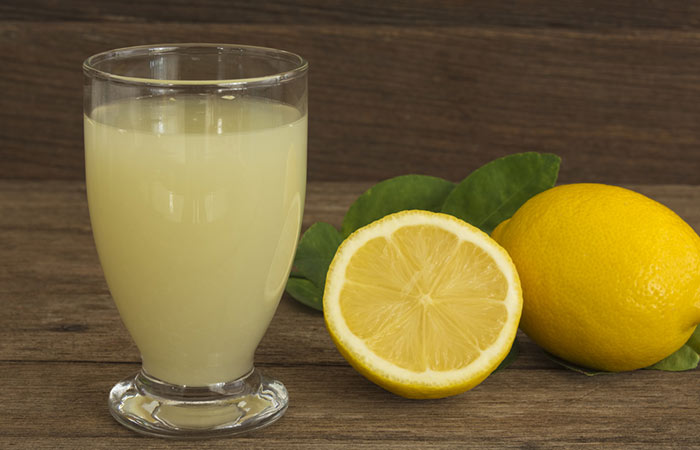
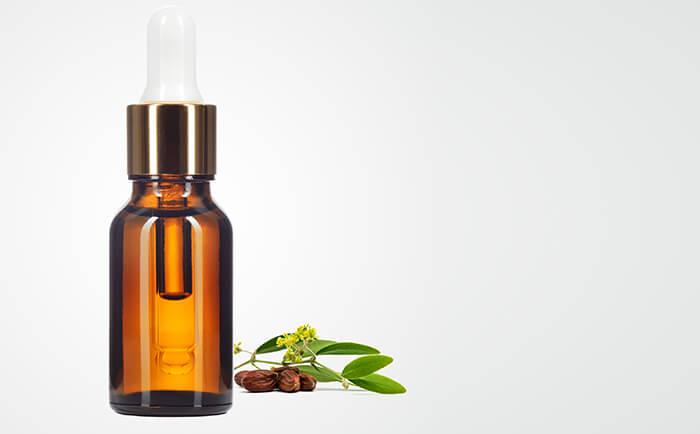
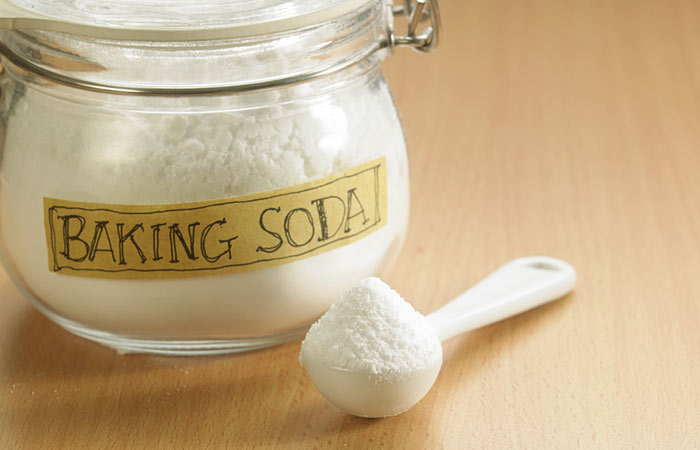




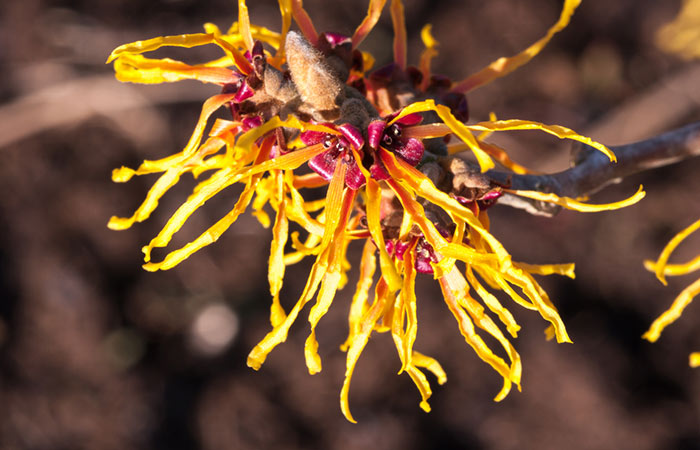
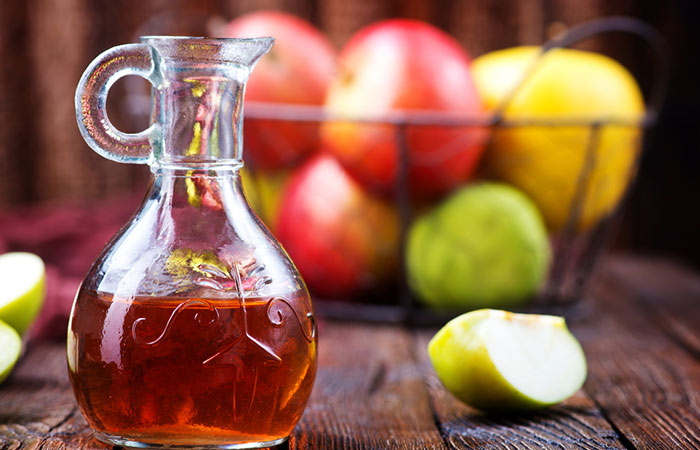
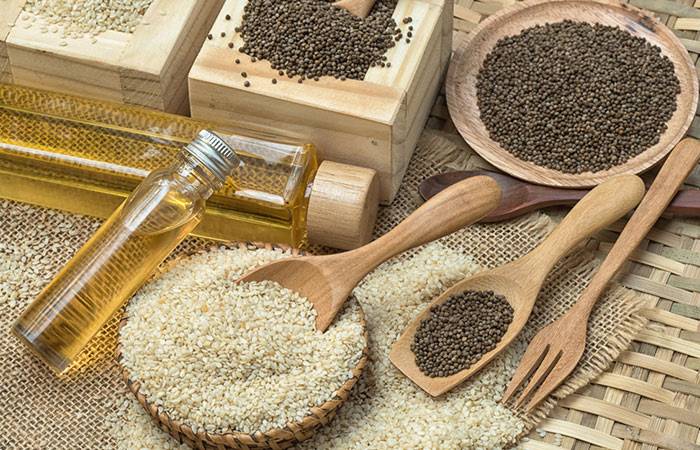
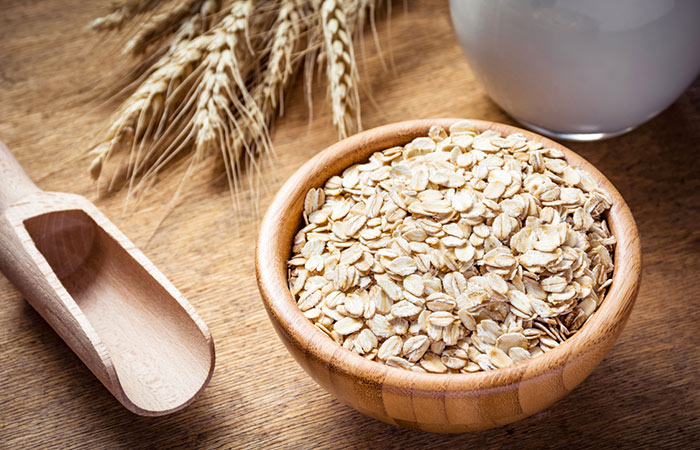

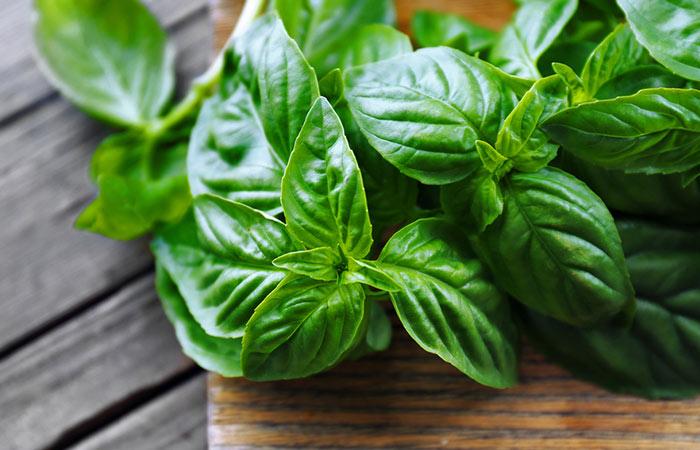
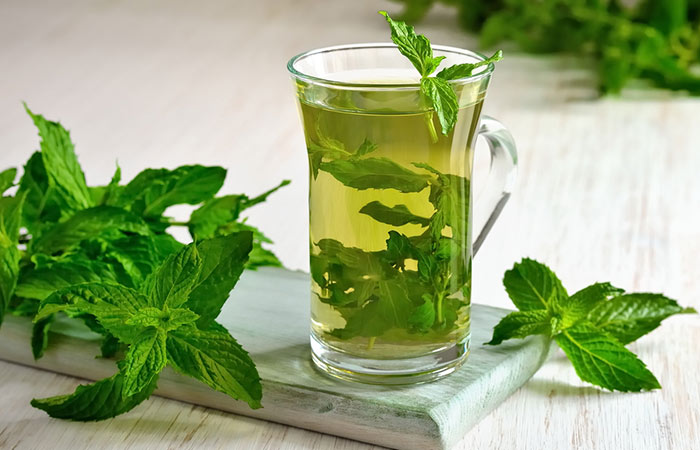
Comments
Post a Comment